Home Speakers
Plenary Speakers
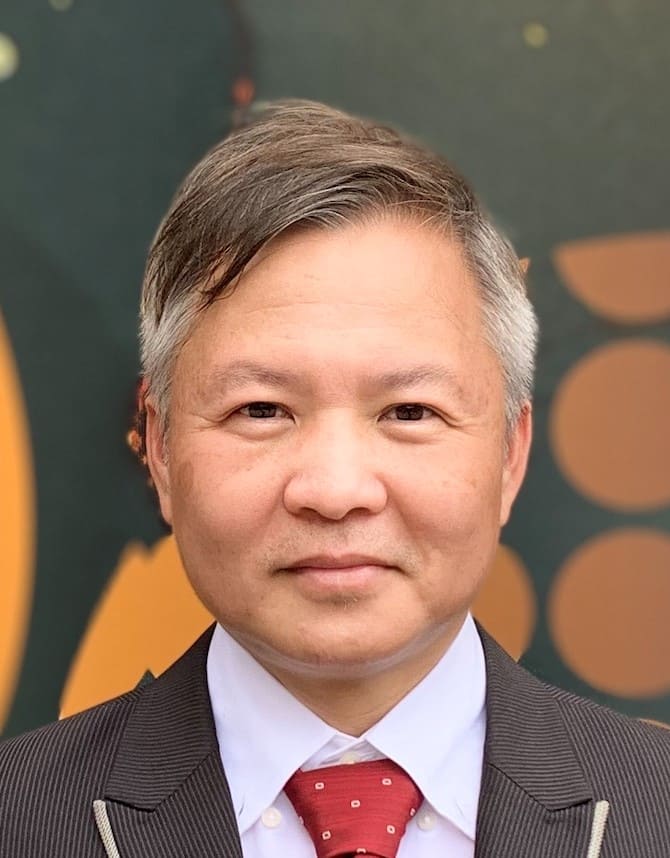
Chair Prof. Ying-Hao Chu
Associate Vice President for Research and Development
Director of NTHU CNMM
Department of Materials Science and Engineering
National Tsing Hua University, Taiwan
Title of Plenary Speech
Epitaxial Growth of Bi2O2X Films and Related Heterostructures
Abstract of Plenary Speech
The pursuit of high-performance electronic devices has driven the research focus towards 2D semiconductors with high electron mobility and suitable bandgap. Previous studies have demonstrated that bismuth oxycompound (Bi2O2X, X=S, Se, Te, BOX) has remarkable physical properties, such as native oxide layer and ultrahigh carrier mobility, facilitating the development of advanced electronic devices in the sub-silicon era. However, the understanding of the growth of BOX is still unclear, and the methods to control BOX' s physical properties should be further explored. Thus, in our lab, the epitaxy of Bi2O2Se (BOSe) and Bi2O2S (BOS) can be obtained to realize the growth mechanism and secure higher crystallinity. The intrinsic transportation property and photoelectricity of BOX will also be investigated. Furthermore, various control methods have been demonstrated on BOX, including compositional modification, doping process, and non-volatile modulation. With these efforts, the controlled methods provide pathways to manipulate the electrical properties of BOX and corresponding devices, further advancing this material system for development in the next-generational electronics.
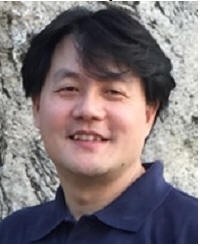
GlobalFoundries Chair Prof. Chengkuo Lee
Center for Intelligent Sensors and MEMS
Department of Electrical and Computer Engineering
National University of Singapore, Singapore
Title of Plenary Speech
CMOS Photonics – Extending Si Photonics to In-Sensor Computing and Nanophotonic Sensing Platforms
Abstract of Plenary Speech
In the rapidly evolving field of artificial intelligence of things (AIoT), a key challenge is to process sensing signals efficiently while minimizing latency and power consumption. Traditional microelectronic systems face limitations in speed and energy efficiency, prompting the exploration of photonic integrated circuits for their superior data transmission and computational capabilities. Silicon Photonic integrated Circuits (Si PIC) offer miniaturized solutions for multimodal spectroscopic sensory systems by leveraging the simultaneous interaction of light with temperature, chemicals, and biomolecules. Furthermore, Si and AlN waveguides can manipulate light-matter interactions at the nanoscale, become an appealing CMOS Photonics platform for photonics neural networks (PNN) computation application and diversified biochemical and physical sensing applications with high sensitivity and small footprints. The multimodal spectroscopic sensory data is complex and shows huge data volume with high redundancy, thus requiring high communication bandwidth associated with high communication power consumption to transfer the sensory data. To circumvent this high communication cost, we bring the photonic sensor and processor into intimacy and propose a photonic multimodal in-sensor computing system using an integrated silicon photonic convolutional processor.
On the other hand, surface plasmons have proven their ability to boost the sensitivity of mid-infrared hyperspectral imaging by enhancing light-matter interactions. Recently, we have investigated the phonons in hyperspectral bioimaging by developing a synergistic plasmon-phonon system. We demonstrated that phonons, in synergy with plasmons, enhance the per-second spectral de-overlapping functionality in imaging dynamic reaction process involved with COVID viruses.
Keynote Speakers
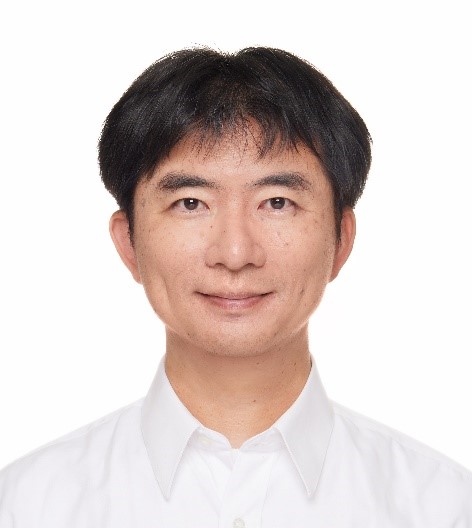
Prof. Dr. Chao-Cheng Kaun
Research Center for Applied Sciences, Academia Sinica, Taiwan
Title of Keynote Speech
Driving noncollinear interlayer exchange coupling intrinsically in magnetic trilayers
Abstract of Keynote Speech
Ferromagnetic side layers sandwiching a nonmagnetic spacer as a metallic trilayer has become a pivotal platform for achieving spintronic devices. Recent experiments demonstrate that manipulating the width or the nature of conducting spacer induces noncollinear magnetic alignment between the side layers. Our theoretical analysis reveals that altering the width of spacer significantly affects the interlayer exchange coupling (IEC), resulting in noncollinear alignment. Through analytic and first-principles methods, our study on the Fe/Ag/Fe trilayer shows that at a specific width of the Ag spacer, the magnetic moments of side layers tend to be perpendicular. This alignment is mediated by Ag quantum well states, exhibiting spin spirals across the trilayer. Our results reveal that the noncollinear IEC offers a degree of freedom to control magnetic devices and boot spintronic technology with improved transport capabilities.
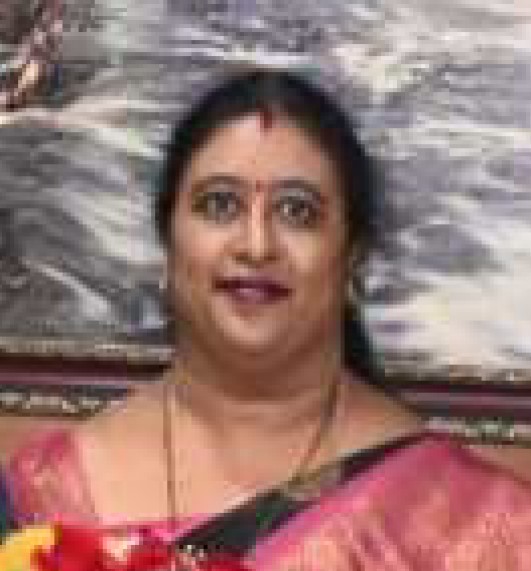
Prof. Uma N. Dulhare
Computer Science & Artificial Intelligence Department
Muffakham Jah College of Engineering & Technology, India
Title of Keynote Speech
Harnessing Deep Learning for Precision Diagnostics in Dermatology and Rheumatology
Abstract of Keynote Speech
Deep learning is becoming essential in revolutionizing medical diagnostics and personalized care for skin lesions and rheumatoid arthritis. As a subset of AI becomes more integrated into healthcare, it significantly improves diagnostic accuracy, treatment optimization and research advancement in dermatology and rheumatology.
A proposed framework leveraging convolutional neural networks (CNNs) with hybrid architecture is designed to detect and classify various skin lesions including melanoma and nodules with enhanced precision, early intervention and better prognosis. Furthermore, deep learning is providing new insights into rheumatoid nodules by integrating multimodal data such as imaging and patient histories, leading to a better understanding of nodule progression and personalized treatment for autoimmune conditions like rheumatoid arthritis (RA).
Experimental studies shows a pathway of relationship between skin lesions and rheumatoid arthritis progression. These finding shed light on how inflammation can contribute to secondary skin conditions, recommending disease management and treatment strategies.
Invited Speakers
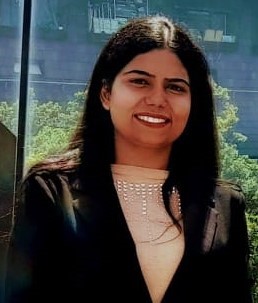
Assoc. Prof. Jyoti Jaiswal
Department of Physics
Rajiv Gandhi University, India
Title of Invited Talk
Novel miniaturized pH sensing technologies for advanced health and biomedical applications
Abstract of Invited Talk
The discovery of miniaturized pH sensing technologies represents an important frontier in modern health care and biomedical research. These miniature sensors promise to revolutionize diagnosis, treatment monitoring, and disease management by providing real-time, non-invasive, and accurate measurement of pH levels in various biological environments. From microneedle pH sensors to microfluidic pH sensors and flexible e-skin pH sensors, the spectrum of miniaturized pH sensing technologies offer a diverse range of devices designed for advanced health and biomedical applications. However, the development of these miniature pH sensing technologies is not without its challenges. Some hurdles include achieving high sensitivity and accuracy while maintaining the miniaturized dimensions required for seamless integration into biological systems and the design and fabrication of miniature sensors capable of withstanding the complex and dynamic conditions within the human body. Moreover, ensuring biocompatibility, long-term stability, and ease of use are critical considerations that must be addressed to unlock the full potential of these technologies in biomedical applications. In this context, we have probed into the design and development of various miniature pH sensing technologies, exploring the challenges encountered along the way and invented innovative solutions to overcome them. Recently, we reported, for the first time, a new design of miniaturized microneedle pH sensors based on AgIO3/Ag/PTFE/WO3/W, enabling in-situ real-time pH monitoring of small biological entities, such as fish eggs. Additionally, we recently proposed a novel microfluidic pH sensor using Sb2O3/Sb and AgIO3/Ag thin films, demonstrating robust Nernstian sensitivity, linear correlation coefficient, stability over time, and in-vitro pH testing of human lung cancer (A549) cells with minimal sample volumes. We also recently introduced a novel flexible on-skin wearable pH sensor patch composed of PDMS, incorporating thin films of Sb2O3/Sb and AgIO3/Ag for real-time sweat sensing to monitor pH levels across various body parts, which is highly desirable for sports medication and personal wellness. Overall, this talk would present new results in the design and development of various miniature pH sensing technologies for advanced health and biomedical applications.
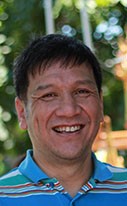
Assoc. Prof. Ratchatin Chancharoen
Mechanical Engineering Department, Robotics and AI Program
Chulalongkorn University, Thailand
Title of Invited Talk
Collaborative 3D Welding Robots with Augmented Vision Utilizing the Digital Twin Concept
Abstract of Invited Talk
This project, in collaboration with industry, focuses on enhancing the precision of collaborative 3D welding robots through the integration of digital twins and sensor fusion. A key challenge lies in managing the 3D trajectory, where errors in both position and time must be carefully addressed to ensure accurate weld joint alignment and execution. The task becomes even more complex due to the use of a heavy welding tool and the nature of the part being welded, which is not rigid or uniform, adding further variability to the process. Additionally, limitations in measurement accuracy, caused by sensor constraints and the difficulty of capturing real-time data in dynamic environments, present further obstacles. To address these issues, extensive mapping techniques are utilized to model and adjust for spatial and temporal discrepancies, while advanced image processing algorithms are applied to analyze and correct weld joint deviations. These strategies are crucial for compensating for trajectory errors and achieving the required precision despite the significant challenges inherent to the system.
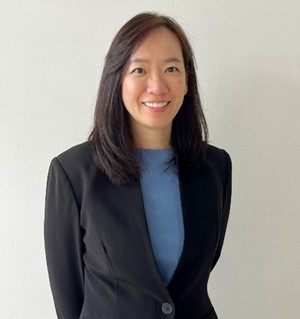
Assoc. Prof. Teeranoot Chanthasopeephan
Mechanical Engineering Department
King Mongkut's University of Technology Thonburi, Thailand
Title of Invited Talk
Hybrid PI-Neural Network Control of a Fluid-Driven Origami-Inspired Pneumatic Artificial Muscle
Abstract of Invited Talk
This research focuses on the development and design of a lower limb exoskeleton inspired by pneumatic artificial muscles (PAMs). PAMs are highly valued as actuators due to their low weight, favorable mass-to-force ratio, compliance, and ability to closely mimic the function of human biological muscles. These characteristics make them well-suited for applications in robotics and rehabilitation. However, PAMs pose significant challenges in modeling and control, given their time-varying parameters, complex hysteresis behavior, and nonlinear dynamics.
To address these challenges, we propose a novel approach for controlling PAM-driven systems, specifically focusing on a fluid-driven origami-inspired artificial muscle (FOAM). The control strategy utilizes a hybrid control algorithm that integrates a proportional-integral (PI) controller with a feed-forward neural network. This combination allows the controller to adapt and learn from the system's behavior, improving its responsiveness and accuracy over time.
The proposed control algorithm was tested for its ability to manage displacement control in FOAM under varying input signals. Additionally, experiments were conducted to assess the controller's performance under different load conditions. The results demonstrate that the control system exhibits excellent adaptability and robustness. These findings highlight the potential of this hybrid approach for enhancing PAM-based systems in dynamic environments, making them highly suitable for rehabilitation and robotic applications.